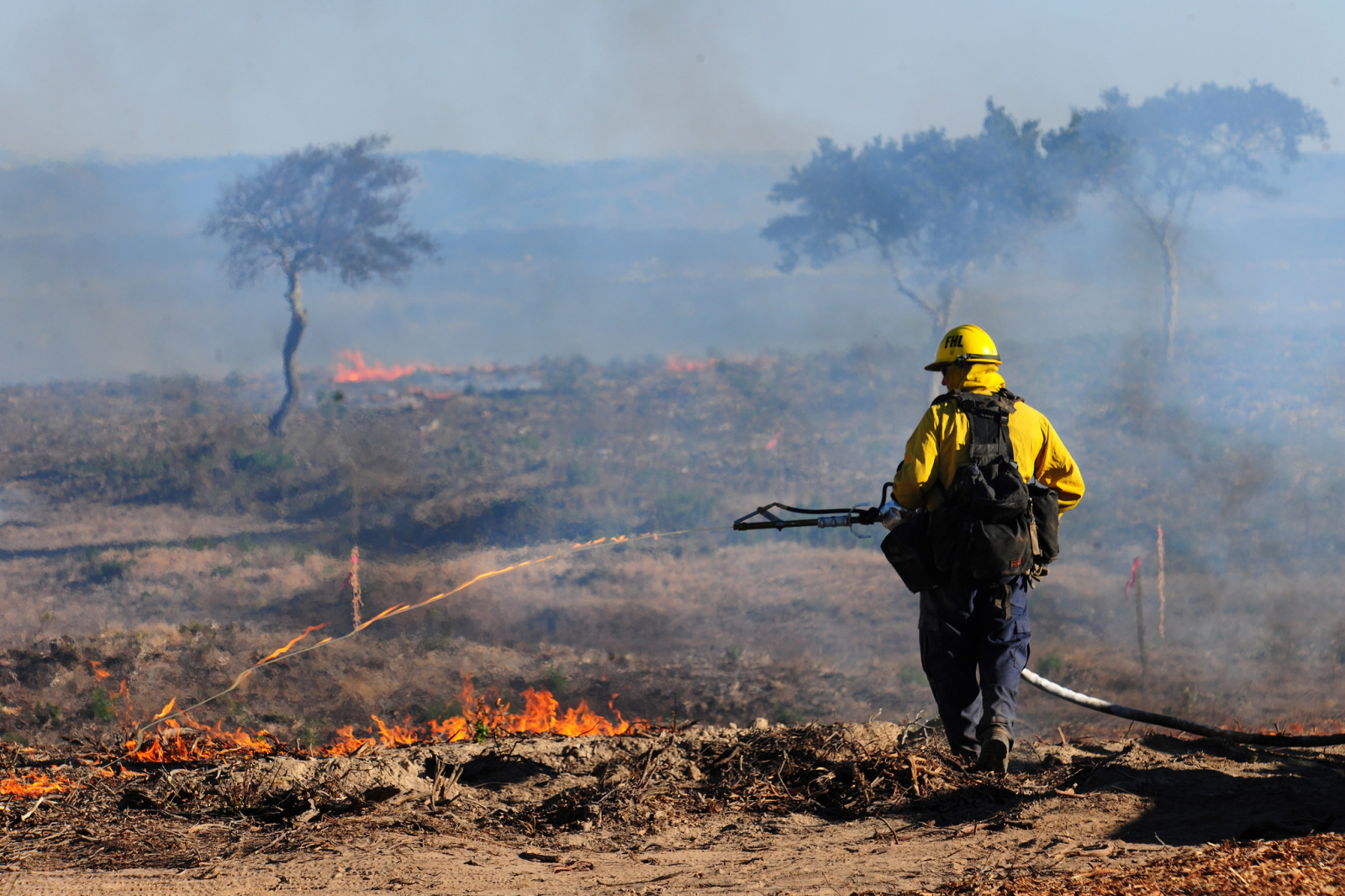Wildfires in British Columbia could become just as deadly within 20 years as those burning now in California, says top Canadian forestry expert Bruce Blackwell.
While British Columbia’s 2018 wildfire season burned more than double the land of California’s, no lives were lost in British Columbia from fire or during evacuations in the last two fire seasons. In contrast, 14 people died, and another 41 were injured during California’s latest wildfire season.
"I think the pace of [housing] development, in combination with the growing probability of wildfire, are on a collision course where we will continue to see growing levels of wildfire damage, potential loss of life, and unsustainable suppression costs that will overwhelm our capabilities to recover in the short term and impact the quality of life of all British Columbians," stated Blackwell.
British Columbia just experienced two record-breaking fire seasons back to back. The 2018 season was the worst, with more than 3.2 million acres of land scorched. Five of the largest 11 wildfire seasons in British Columbia since 1950 occurred since 2010.
Blackwell, a forestry consultant, was one of five wildfire experts on a recent panel at the University of British Columbia. Before an audience of about 300, they discussed why wildfires in the province have reached catastrophic proportions, and how they can be prevented.
The discussion came hot on the heels of the special report by the United Nations' Intergovernmental Panel on Climate Change. Leading climate scientists warn in the report that there are only a dozen years to keep global warming under 1.5 degrees Celsius; even half a degree more will significantly worsen the risks of drought, floods, extreme heat, wildfires, and poverty for hundreds of millions of people.

Scott Stevens, fire science professor at University of California, Berkley, said that the fatalities in California were due to developing homes in fire prone areas without taking the necessary precautions to prevent future fires.
“The Tubbs fire burned 5,600 houses. In 1964 there was a Hadley fire, burned about the same imprint, maybe a little bigger. But for every house that burned in the [Hadley fire,] there were 24 new houses versus what they were in ’64. A growth of 24 times,” said Stevens.
Most of the B.C. wildfires are in undeveloped regions. However, Stevens doesn't believe B.C. is in the clear. He said building houses on top of houses in wildfire prone regions is a disaster waiting to happen. And he warned that in a few decades B.C. will face the same problems as California if communities continue to be developed in fire prone areas without improving our wildfire prevention infrastructure.
Prescribed burns are the future
The panelists were in unison that prescribed burns are necessary to prevent future fires, and that B.C. needs to increase the amount it burns.
Prescribed burns are controlled forest fires in a specific area, aimed at reducing fuel that spreads fire.

The U.S. Army conducted a prescribed burn of more than 400 acres in the northern portion of the Fort Ord National Monument on October 5, 2017. Photo by Steven L. Shepard
Blackwell recalled that before the 1990s, “we used to burn about 485,000 hectares of land a year. That number through the nineties declined to where we’re burning, on average, less than 20,000 hectares a year.”
Blackwell noted that in B.C., wildfires spread through areas that would have historically been subject to a prescribed burn. He said a drastic decline in prescribed burning is a result of negative public perception and from a concern for health. Smoke particulates in the air are harmful for those with asthmatic condition and respiratory diseases.
However, Blackwell added that the amount of smoke released from controlled burns is far less than the smoke released from the massive fires these past few years.
“We’re getting periods like we’ve had this summer where we’re getting large amounts of smoke pulsing into the atmosphere that are way more harmful to human health,” Blackwell stated.

Kara Froese, a forestry student at the University of British Colubia and forest firefighter, said she is frustrated.
“It’s really hard to convey to people the importance of proactively managing fire as opposed to reactively managing fire. It’s going to work better for everyone in the long run if we come to see prescribed fire and fuel management as a tool that we can use.”
Froese said that part of the public’s negative view of prescribed burns stems from the idea of the “perfect forest,” green and untouched.
“We kinda have to throw that out because forests are dynamic, they’re always changing. And in B.C., fire is a huge part of the natural cycle of things.”





Comments